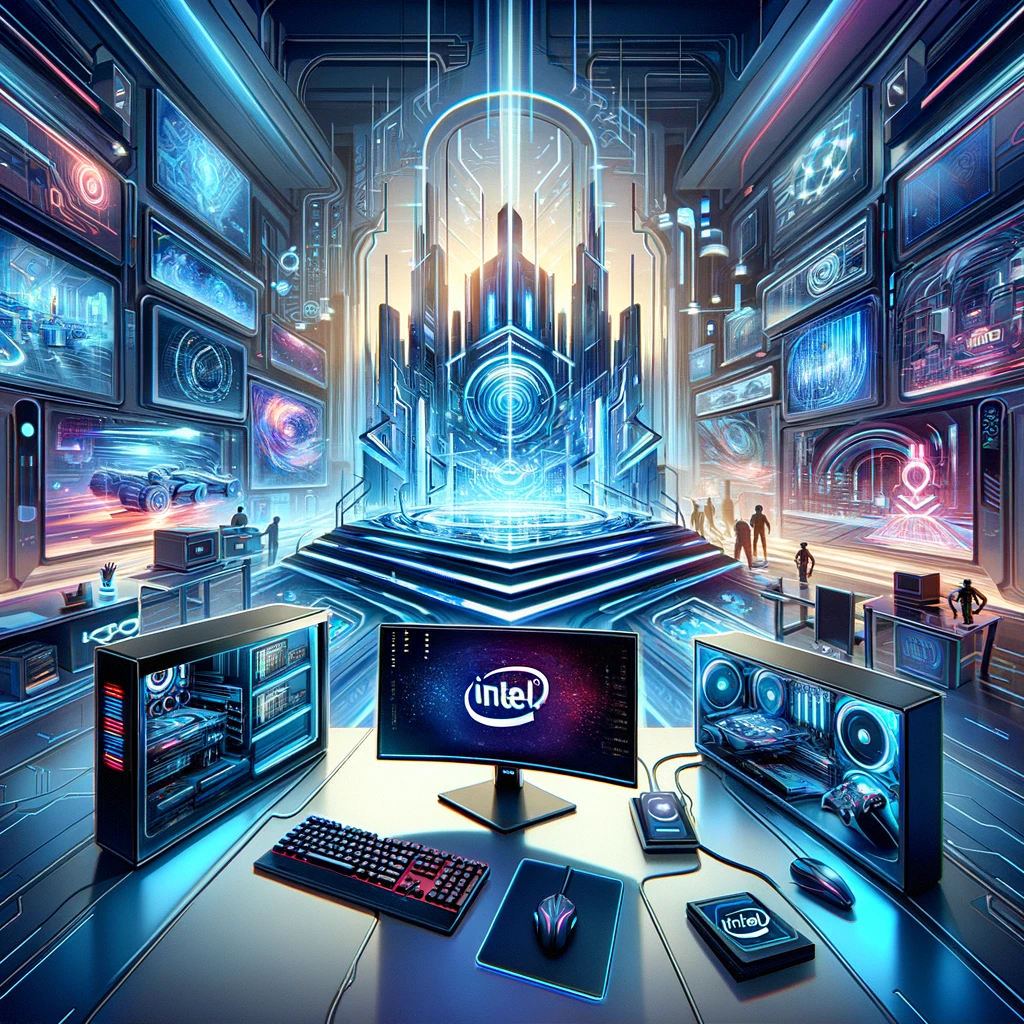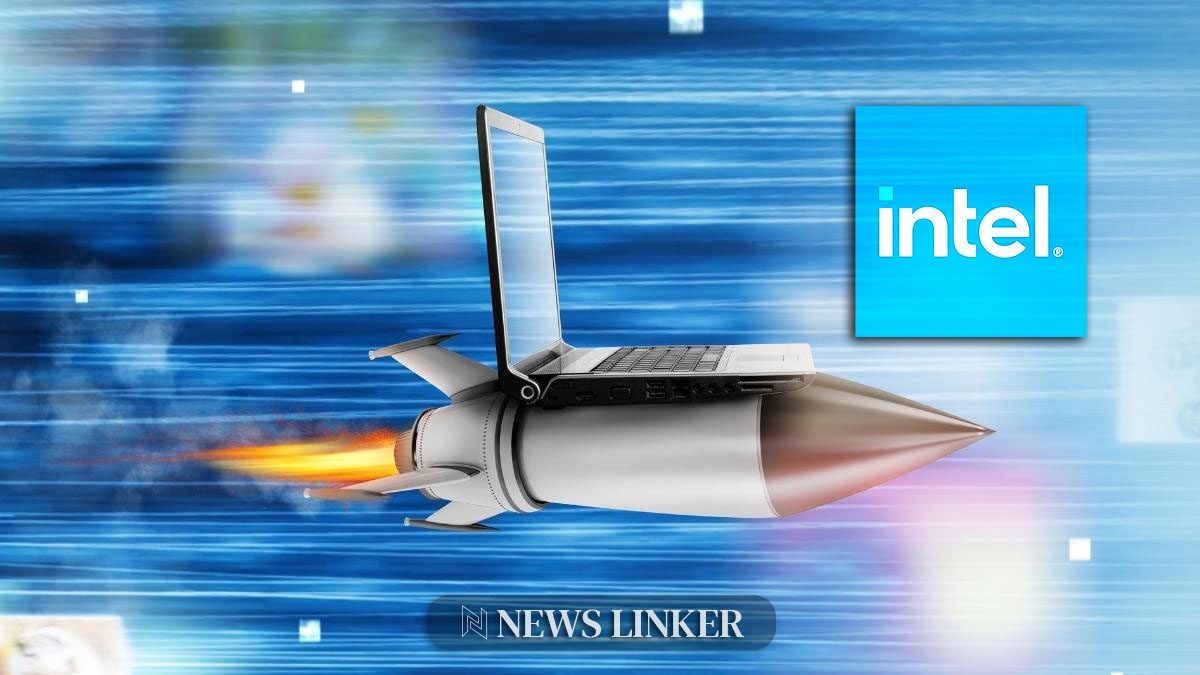Intel’s recent advancements in technology demonstrate a significant push towards enhancing software and hardware capabilities. The company’s efforts are particularly evident in its Linux software developments and frame generation technology for its XeSS framework.
Intel’s Linux Software Developments: A Leap Forward
Intel has taken significant strides in software development for Linux, focusing on improving Xe graphics drivers and offering support for its next-generation Arrow Lake and Lunar Lake CPUs. The introduction of the “Xe” graphics driver, replacing the i915 DRM kernel driver, marks a major milestone. This driver supports Tiger Lake graphics for both mobile and desktop GPUs, emphasizing cross-CPU architecture compatibility. The driver’s enhancements include redesigned user interfaces and engineering improvements, signaling a shift towards more refined integration of Intel graphics across various CPU architectures.

Next-Generation Support: Arrow Lake and Lunar Lake
Intel’s commitment to innovation extends to its upcoming products, with the new Xe graphics driver adding support for future technologies like Arrow Lake and Lunar Lake CPUs. This forward-thinking approach ensures that Intel’s hardware and software remain at the forefront of technological advancements, ready to meet future demands.
Intel’s Frame Generation Technology: ExtraSS Frame Extrapolation
In another significant development, Intel is set to join the frame generation bandwagon with its “ExtraSS” technology, showcased at SIGGRAPH Asia 2023. This new tech competes with NVIDIA‘s DLSS 3 and AMD’s FSR 3, offering a unique approach to frame generation. Unlike the interpolation method used by its competitors, Intel’s ExtraSS uses frame extrapolation, which may offer better quality frames with lower latencies. This innovation is expected to boost FPS while maintaining good image quality, demonstrating Intel’s commitment to enhancing the gaming experience.
Intel’s open-source approach to XeSS technology, allowing integration across various gaming platforms, is a game-changer. This flexibility ensures wider adoption and compatibility, making it a valuable addition to the gaming community.
Intel’s recent developments in Linux software and frame generation technology showcase the company’s pioneering spirit and dedication to pushing the boundaries of technological innovation. With these advancements, Intel is poised to significantly impact the tech industry, particularly in gaming and CPU performance. The company’s forward-thinking strategies and open-source approach underline its role as a key player in shaping the future of technology.










